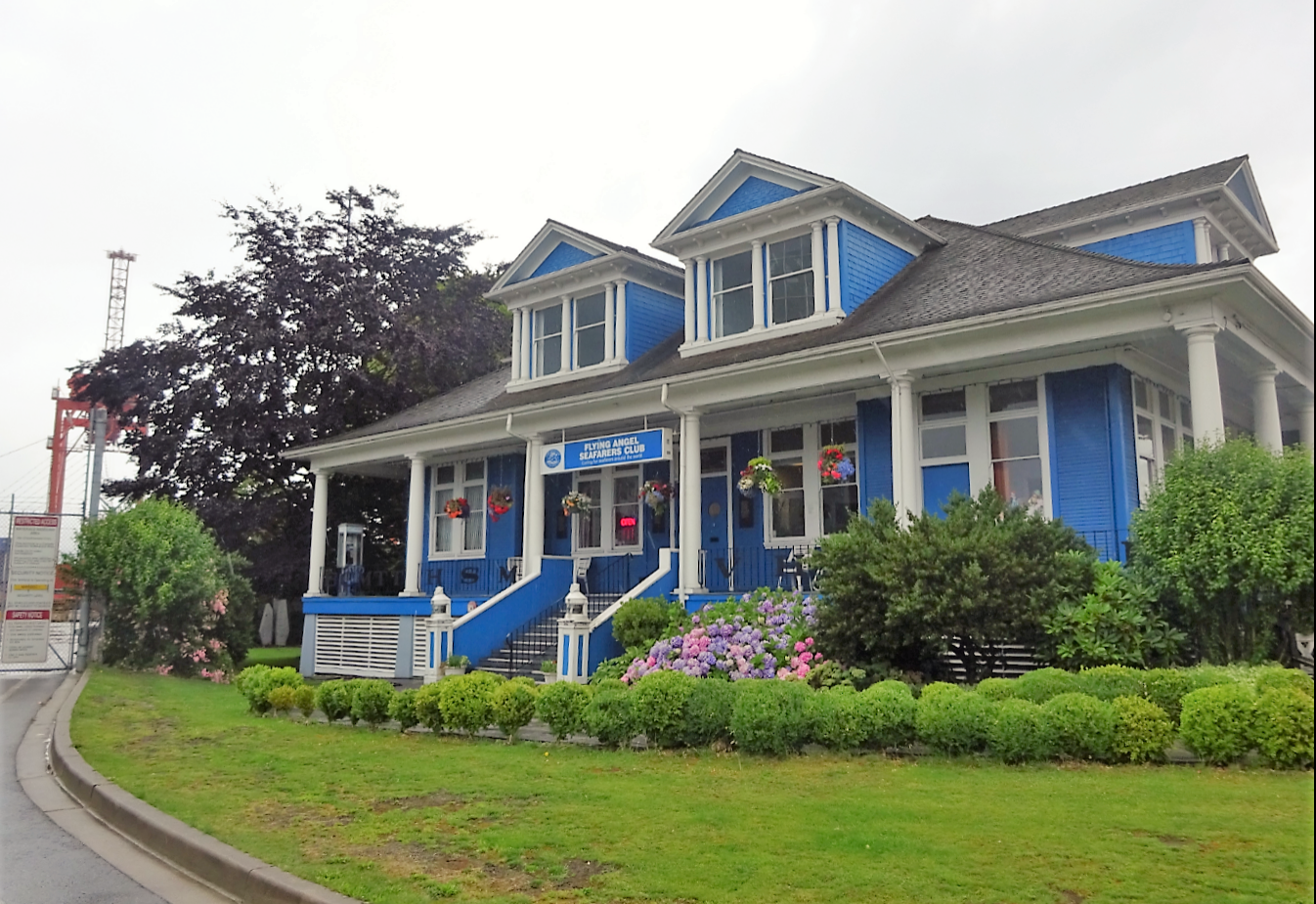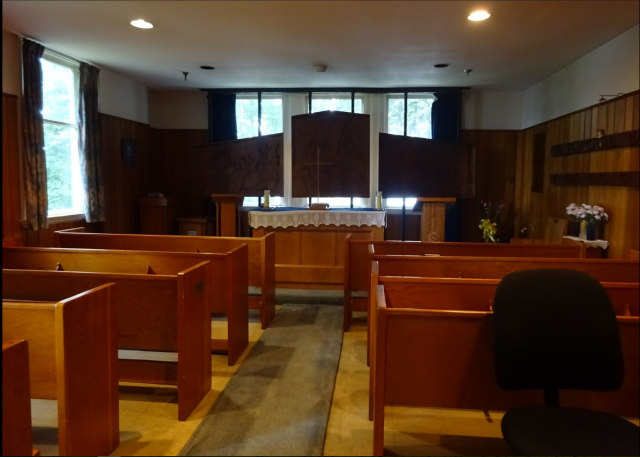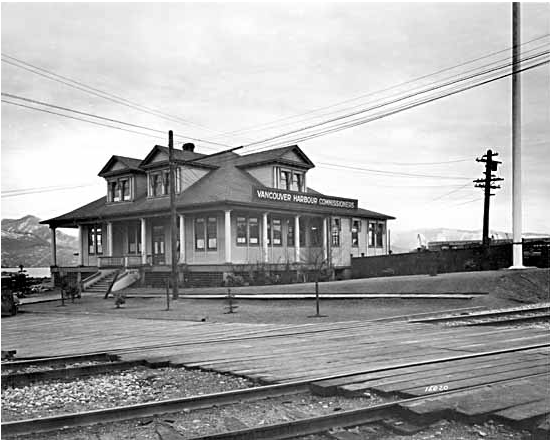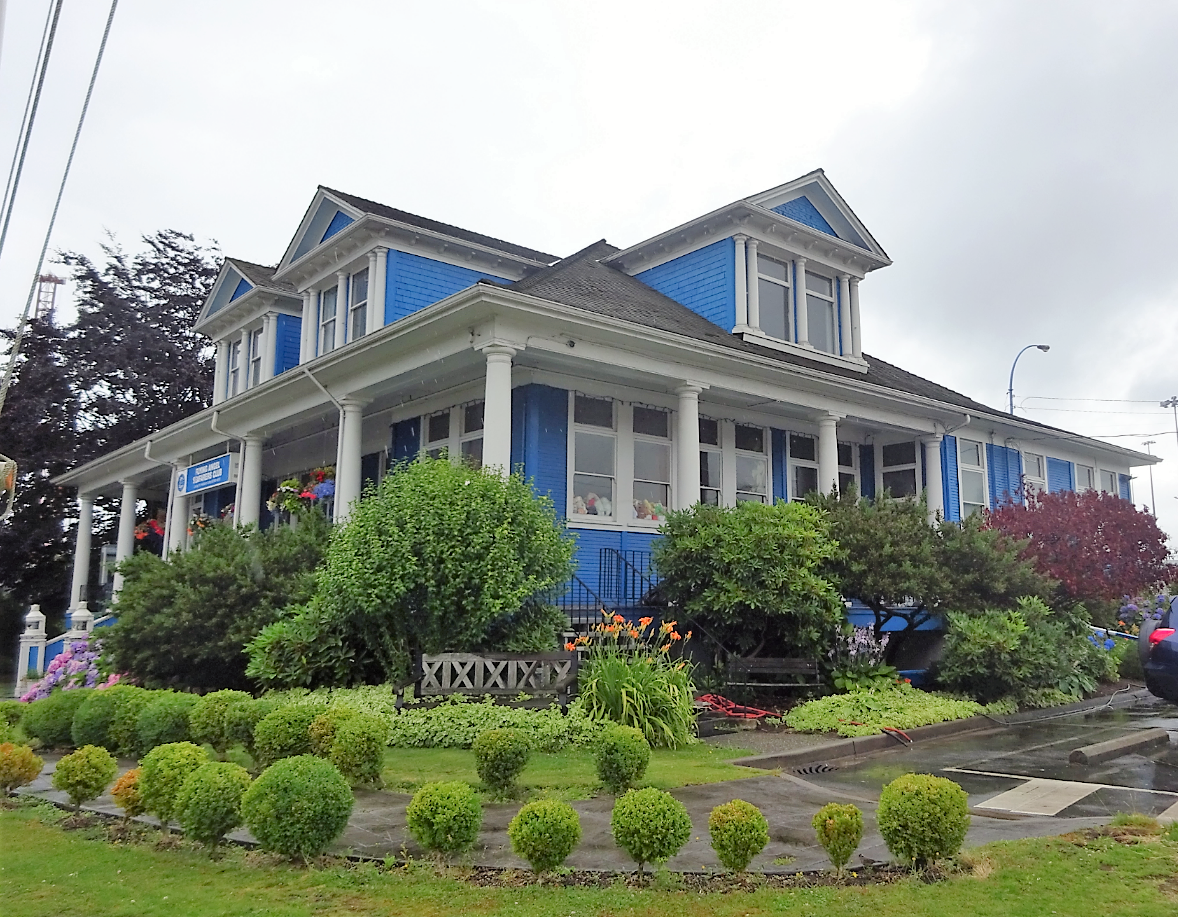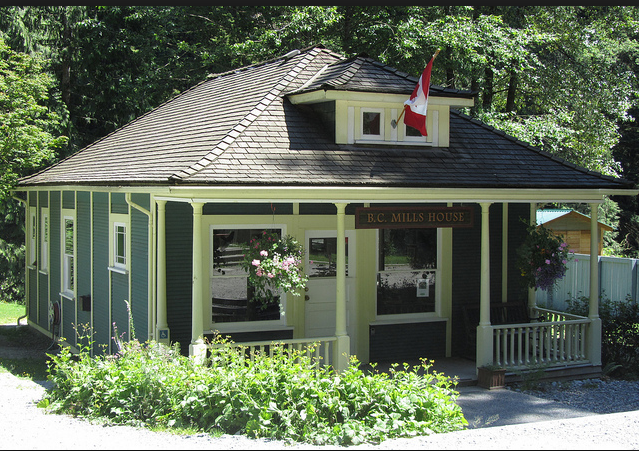
Lynn Headwaters:
The BC Mills House Museum at Lynn Headwaters plays a cameo role in Rachel Greenaway’s brilliant new mystery Creep where the action all takes place in upper Lynn Valley. While the little house has sat at the entrance to the park for a couple of decades now, I only recently discovered its back story.
From Vancouver Exposed: Searching for the City’s Hidden History
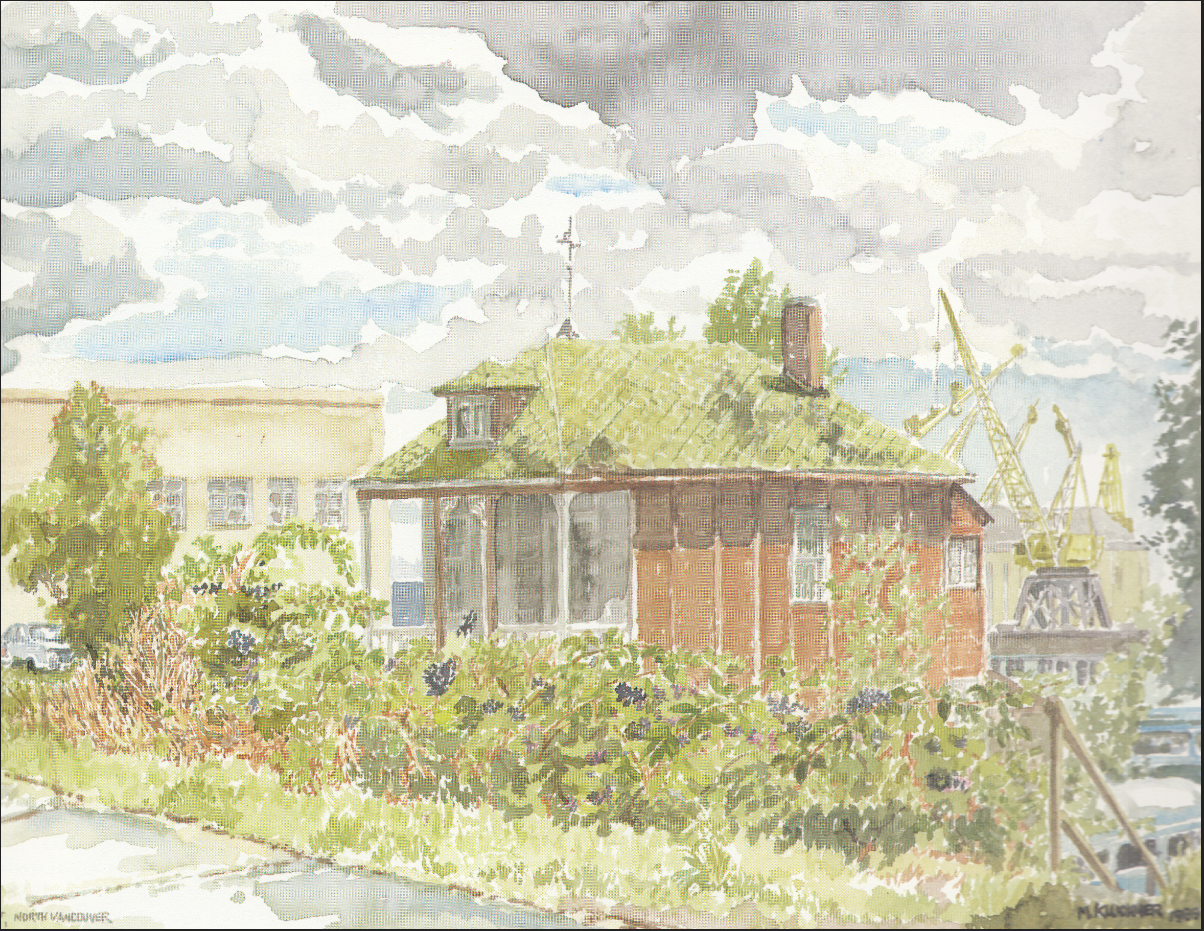
According to Michael Kluckner’s Vanishing Vancouver, the two-bedroom house was built in 1908 at East 1st near Lonsdale in North Vancouver as an investment property. It was a pre-fab Model J constructed by the BC Mills, Timber and Trading Company which operated out of what’s now the Mission to Seafarers house at the foot of Dunlevy.
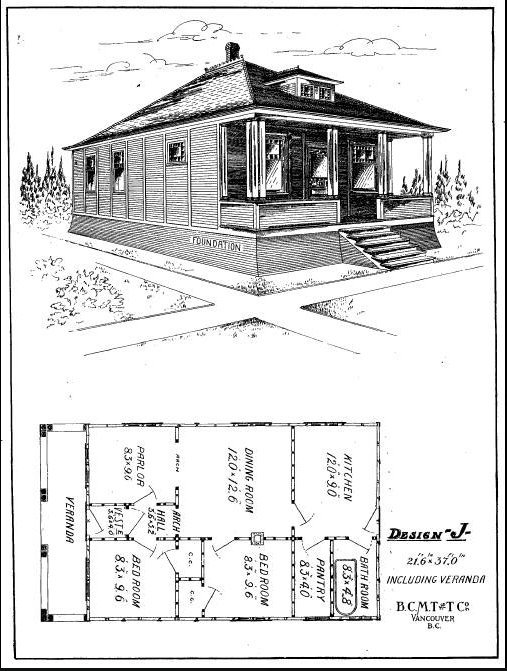
Captain Pybus:
The owner, Captain Henry Pybus went broke along with a lot of other land speculators in the 1913/1914 land crash. A hunt through the city directories suggests the longest owner/resident was Mark Falonvitch, a Russian-born welder/foreman at Burrard Dry Docks who lived there with his wife Ada from the early ‘20s until his retirement in 1949.
The house’s most famous resident was Richard “The Troll” Schaller, former leader of the Rhinoceros Party of Canada which fielded candidates between 1963 and 1993 on the promise “to keep none of our promises”. Other platform promises included “repeal the law of gravity,” “provide higher education by building taller schools, and “ban guns and butter—both kill.”
In 1995, the house was saved thanks to the determination of long-time North Vancouver City Councillor Stella Jo Dean and moved to Lynn Headwaters. The Coronado, a four-storey condo building, is now in its former location.
- See story on Fred Varley’s former house which is on the way to Lynn Headwaters
With thanks to Michael Kluckner for letting me pillage his painting and background from Vanishing Vancouver, to CBC Archives for their footage on Richard the Troll which you can watch here, Vancouver as it Was , and Macleans Magazine for the 14 campaign promises of the parti rhinoceros.
© All rights reserved. Unless otherwise indicated, all blog content copyright Eve Lazarus.



